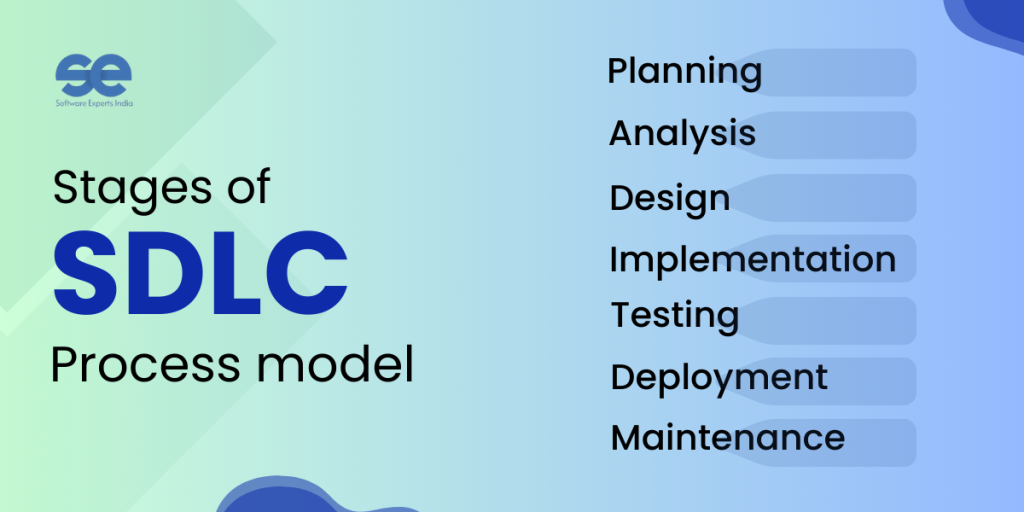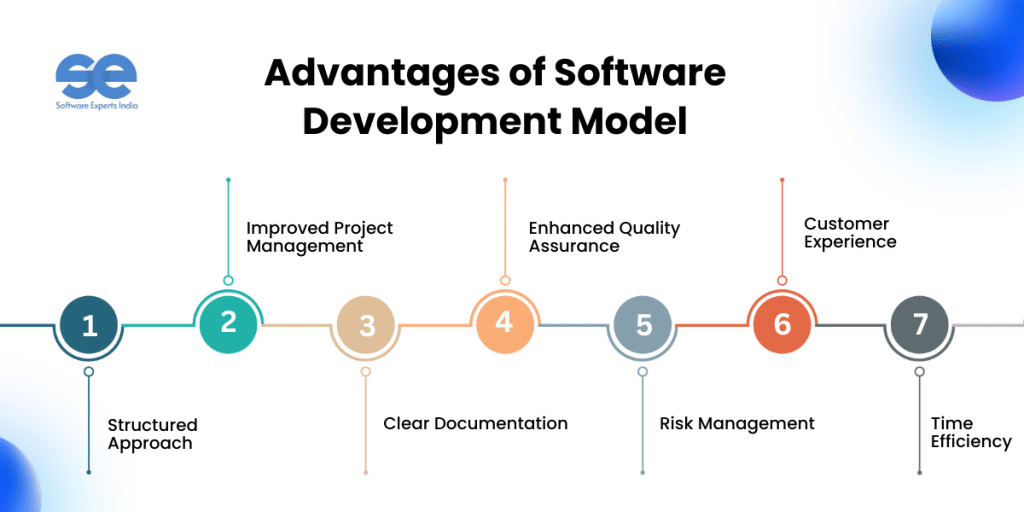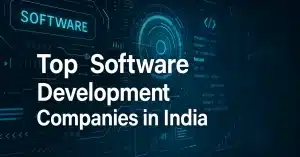In today’s evolving tech space, new frameworks, methodologies and tools are available for software development purposes. This leads to an important question, about the relevance of the Software Development Life Cycle (SDLC) in 2024. For building quality and feature-rich applications, SDLC process model has served a key constituent.
However with the increasing emphasis on agility and speed in the era one wonders if the traditional SDLC approach remains the effective method. This blog delves into exploring the significance of SDLC, its evolution over time and whether it still holds a role in software development practices.
Overview of Software Development Cycle
Software developers employ a process to design and develop professional applications using a set of steps involved in the Software Development Life Cycle (SDLC). The core objective of SDLC approach is to build an application that meets or surpasses end-user needs in an engaging and secure manner. It helps developer to complete software development within the defined timelines and budget constraints.
Stages of SDLC Process Model

- Planning- Defining project scope and objectives.
- Analysis- Collecting and scrutinizing requirements to grasp what needs to be achieved by the software.
- Design- Structuring the software to fulfill specified requirements.
- Implementation- Coding to bring developed software.
- Testing- Making sure the software works properly.
- Deployment- Getting the software out to users.
- Maintenance- Keeping the software up, to date and maintained.
The importance of SDLC is in its capacity to offer an approach, for creating software in a managed and systematic manner making sure each stage is finished before progressing to the next.
Also Read : Benefits of Using Custom Software Development Solutions for Your Enterprise
Evolution of Software Development Life Cycle
The SDLC approach has been through a number of changes over the years. It should be noted that in the beginning of the usage of the SDLC, the Waterfall model was the primary process model that was utilized. Being a linear and sequential design process, the phases had to be accomplished one after the other. But this model was frequently labeled as ‘phased’ and incapable of improvement after a phase was over.
With increase in complexity in software projects other methodologies surfaced. The V-Model was an extension of the Waterfall model and was first to use validation and verification at each stage of development. However, the process was still more linear and this might not be convenient during rapid operations. This was the major difference between the V-model vs Waterfall model for developers to make a smart selection.
There were some constraints that were posed, and to counter them, Agile and DevOps paradigms had been developed, where frequent delivery, integration, and adaptability were the priority. These approaches made it possible for teams to respond to alterations in a better and more effective manner with the delivery of the software.
For this reason, many structures integrated these new approaches with the SDLC approach to come up with models that incorporated the SDLC advantages while at the same time embracing the precise rapidity needed in current software development.
Advantages of Software Development Model

1. Structured Approach
The SDLC process model is a clear, sequential approach that will guarantee that the development of software is standard. The structure also allows the teams’ work to be more integrated, and the probability of omitting some of the steps in the process is significantly lower; therefore, the outcomes could be better managed.
2. Improved Project Management
Larger with clear stages and defined milestones, SDLC approach is easier to manage as it allows for easier project management. The plans are helpful for project managers for tracking the rate of progress, the distribution of resources, and for keeping things on course with regard to time-line and cost.
3. Clear Documentation
Clear documentation is created in each phase of the SDLC. This helps as a future maintenance and upgrades reference point. This documentation assist different team members to build code quickly and ensures that the software maintenance process is performed properly.
Also Read : 8 Key Benefits of Software Development Consulting Services
4. Enhanced Quality Assurance
The SDLC process model includes multiple phases dedicated to testing and validation, such as the V-Model where verification and validation occur at each stage. This focus on quality helps identify and resolve issues early, reducing the likelihood of defects in the final product.
5. Risk Management
Risks are always on the cards when you plan to build a software application. The SDLC approach allows for early identification and mitigation of risks. With SDLC
developer can break down the project into smaller, easy to manage phases, to identify problems and address them before they escalate into bigger problems.
6. Customer Experience
The reason behind SDLC success is to build an application that meets or exceeds user expectations with personalized application development. By following a structured approach with regular reviews and feedback loops, the SDLC ensures that the final product aligns with customer requirements, leading to higher satisfaction.
7. Cost and Time Efficiency
While the Waterfall model and traditional SDLC models can seem time-consuming, their structured nature often leads to fewer revisions and rework, ultimately saving time and costs. This is especially true in projects where requirements are well-understood and unlikely to change.
Current Relevance of SDLC Model in 2024
As we look at 2024, SDLC is still applicable but not in the fundamental form as was initially introduced. Several business groups still knows the need of SDLC especially in those that are governed by regulations, safety and reliability for instance healthcare, finance and aerospace.
Business Use Cases of SDLC
For instance, an organization in the healthcare sector could us the classical V-Model when developing software that is required to meet certain regulatory requirements while adopting Agile methods during the transition phase because of the dynamism of the users’ needs. Likewise, a financial institution may apply also a variant of Waterfall labeled as ‘Protected Waterfall’ for the core banking applications, in order to keep them secure and reliable, whilst adopting DevOps for applications exposed to the customers.
Also Read : How Software Maintenance and Support Services Can Enhance Your Overall Business
Future of the Software Development Cycle
The Software Development Life Cycle will continue to evolve in the future as well to meet the demands of modern software development.
Predictions: The chances are very high that in the near future, hybrid strategy where both traditional and SDLC and Agile and DevOps structured models work in sync. Such models could then provide more of both, the ‘orderly progression of steps’ of a defined process, but also the ‘loose heuristic’ required in the form of rapid innovative development.
Potential Innovations: Integrated application development tools, CI/CD pipelines, and Test Automation tools will probably have a great influence on the SDLC process model in the future.
Sustainability: Whether the SDLC approach stays put as the fundamental model or is supplanted by progressively versatile applied models will depend upon the general flexibility of companies.
Concluding Thoughts
From the period it was introduced in the software development process, the Software Development Life Cycle has been through various transformations in terms of methods, equipment, and technology. The general significance of SDLC is evident—it is the basis for effective software development and software maintenance—that still leaves its further evolution to the changes of the world pace.
By 2024 and beyond it is unlikely to be as trends-leading as it was prior to the mid 2000s but will continue to have significance in those industries that value formality, stability, and paper trails. In this way, its sustainability is in its retention of flexibility to accommodate the newer practices in it.









